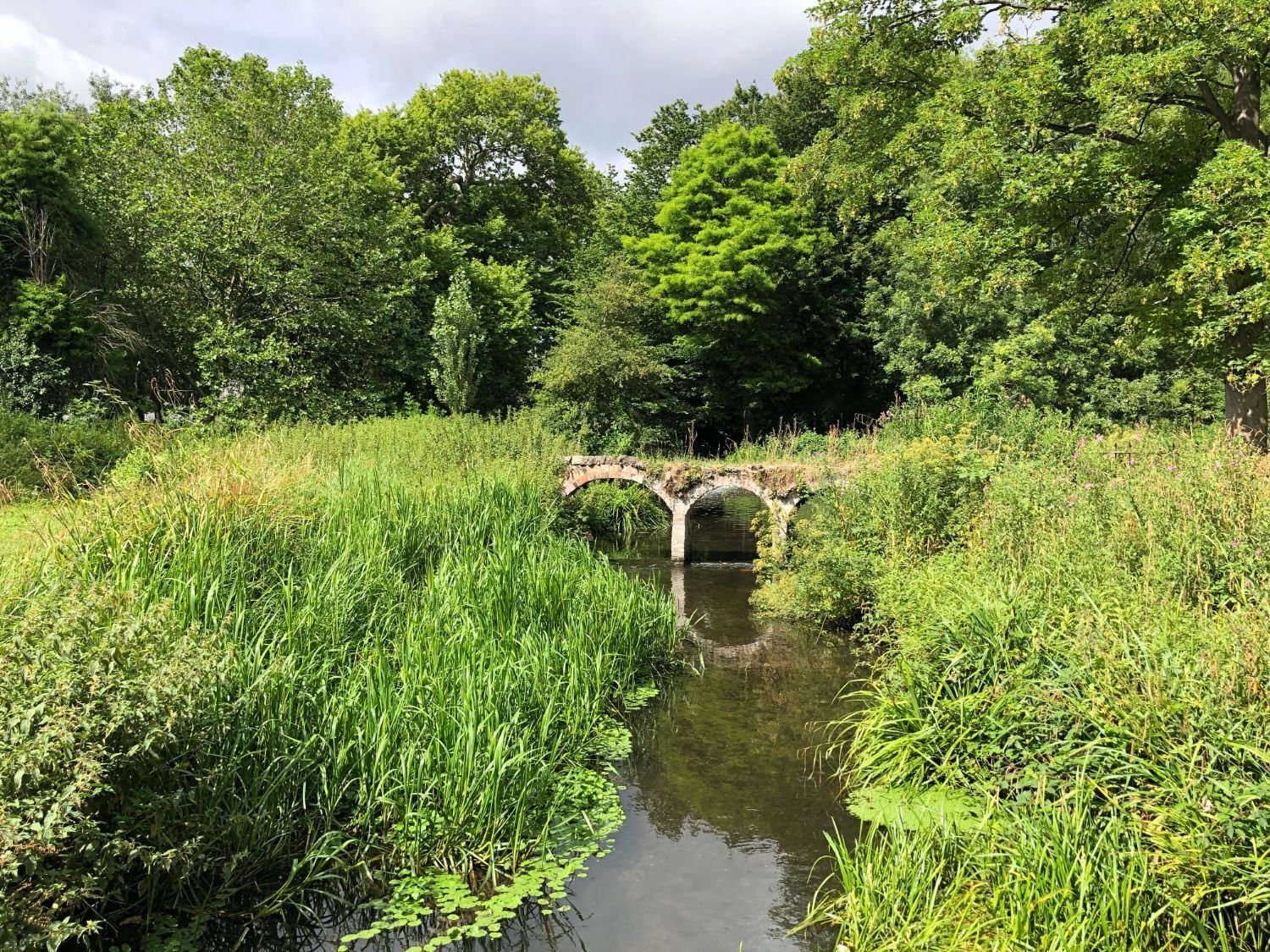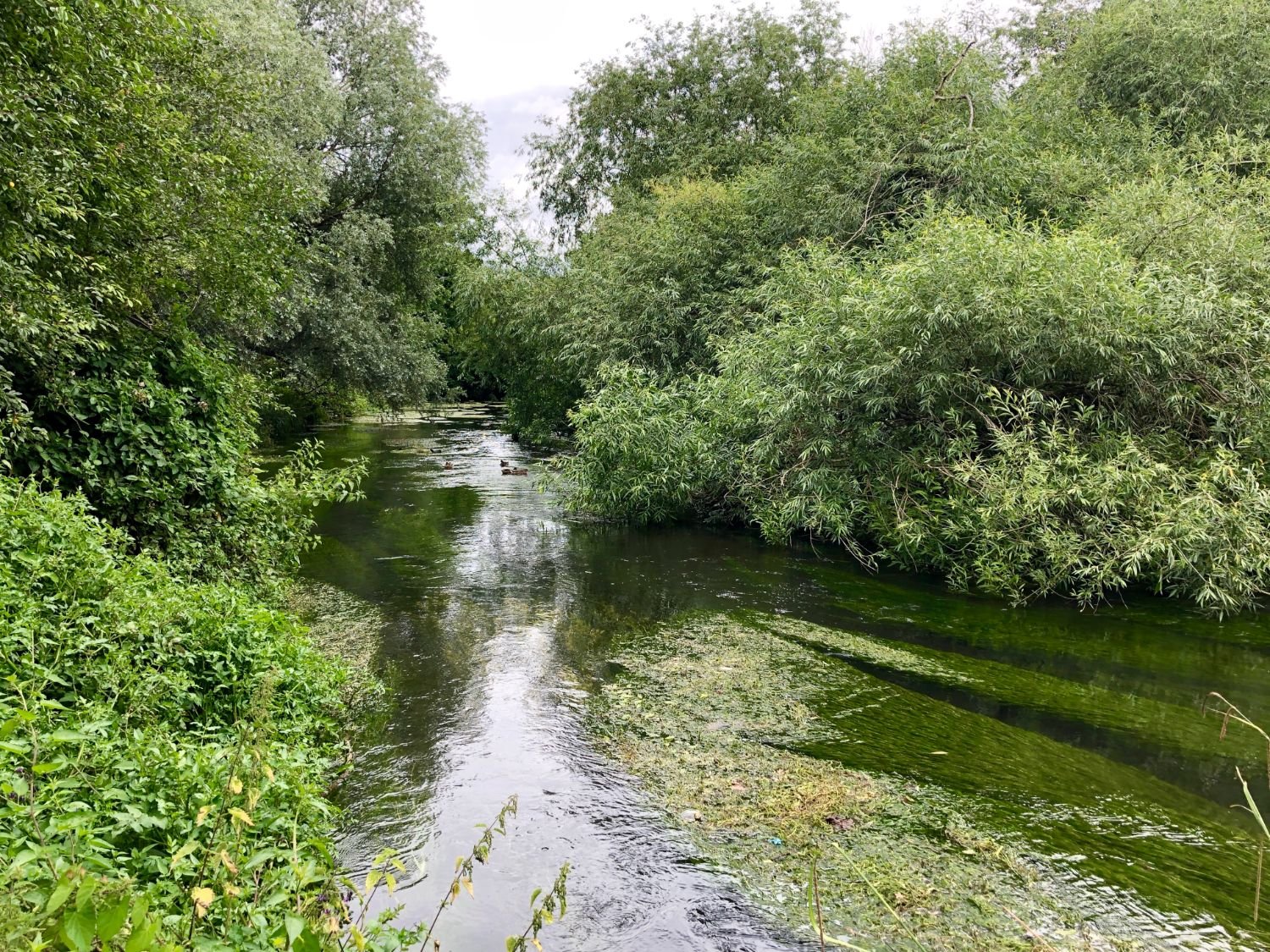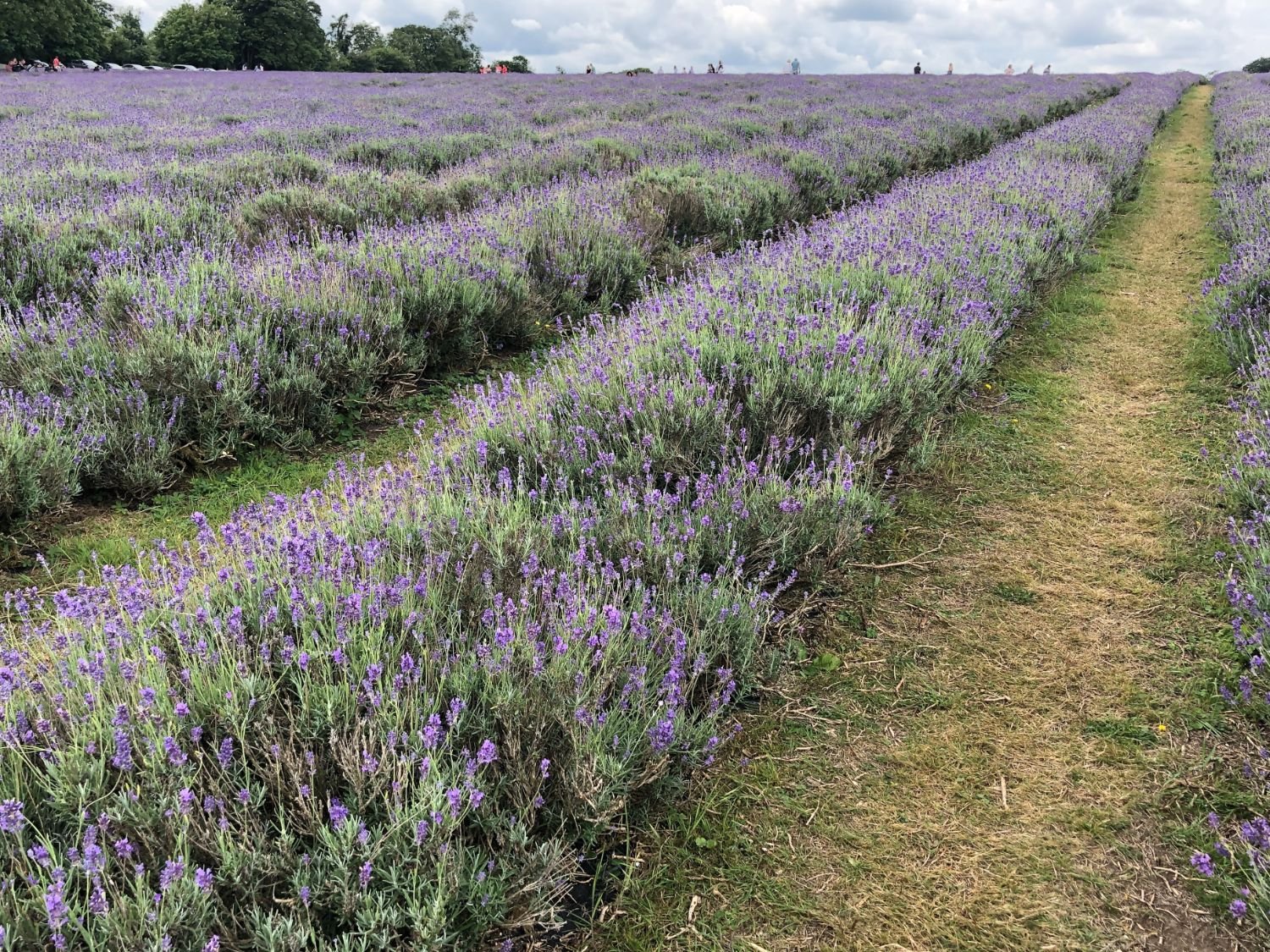27km London's Lavender Fields
Ride overview
For centuries, the fields bordering the river Wandle supplied the world with medicinal plants, the greatest of which was Lavender. For over 100 years, the triangle of lands between Wallington, Carlshalton, and Sutton on London’s southernmost border, were the centre of the world’s lavender production. This idyllic summer ride, along the paths beside the river Wandle leads up into the Downs of London’s south-west boundary and into the great lavender field of Mayfield Lavender. The river is a sylvan delight, a veritable corridor of green and you pass the remnants of a great monastery, Horatio Nelson’s home and a snuff factory as well as plenty of watermills still churning away. If you choose a sunny, summer day between late June through to early August, you will be as near to southern English heaven as it is possible to be.






Ride Practicalities
START/FINISH: Belmont/Wandsworth DISTANCE: 29km. TOTAL ASCENT: 168m TERRAIN AND SURFACES: The ride is a mix of gravel paths and quiet suburban roads. The paths may be muddy after heavy rain FOOD AND DRINK: Cafés at Mayfield Lavender and Morden Hall (NT) are both recommended, as is the historic Ram pub in Wandsworth MAINLINE TRAIN SERVICES: Belmont/Wandsworth stations LINKS TO OTHER RIDES: Waterlink and Wandle, Wandsworth to Richmond.
Ride notes
Beginning at Belmont station, (whose name derives from the old French meaning ‘beautiful mountain’), means that almost the entire route to Wandsworth is downhill. As you ride from the station, onto Banstead Common via a short section of quiet road, you’ll have not only the woods and grasslands of the Common to enjoy, but also extensive views down into the London basin. The off-road track leads to the gates of HMP High Down and then turns onto another easy path taking you downhill to the twenty-five, purple acres of Mayfield Lavender.
The scent and colour of the field are as intense as they are exotic. Lie between the rows, and watch the bees do their thing, as white summer clouds sail across the blue sky. Spending an hour or so wandering through the rows is one of the great delights of a London summer. The refreshments in the café are good too.
From the farm, there is a short ride up a track to Oaks Park, whose grounds are all that remain of The Oaks, a grand house which was leased to the Earl of Derby in the 18th century. It was here in 1776, that the famous horse races, The Derby and The Oaks, were devised by the Earl and his guests over dinner.
After the park, there’s a track leading downhill past another golf course and then up a concrete farm road into an area historically famed for growing medicinal plants for world-wide export. Amongst the glass houses you can still see fields of rosemary and other herbs growing en masse.
River Wandle flowing through Morden Hall Park
The riding is easy and downhill, passing large suburban homes with their neat driveways and front gardens. Tucked away within the large area of Stanley Road allotments is Carlshalton Lavender. The farm is entirely run by volunteers and you can at certain times in late July and help harvest the flowers.
At Carlshalton, the route joins the river Wandle, one of London’s most beautiful rivers which flows from the North Downs into the Thames, passing through 12 local nature reserves. It is one of the cleanest rivers in the capital, home to eels, trout, and carp. It was not always so, and in the 1960s it was little more than an open sewer and was declared biologically dead. Today, the riverside path is a sylvan delight as you ride under the rich grey-greens of willow and poplar into the landscaped park of Morden Hall. Back in the nineteenth century this weather-boarded cream house and mill was the centre of Britain’s snuff making industry and the home of Gilliat Hatfield. He was an enlightened employer who opened his grounds to his mill workers when they had time off from work, and on his death, he bequeathed the estate to the National Trust. If you are not in any hurry, the rose garden is a lovely place to linger.
The route continues through wetlands on a well made path, passing near to Merton Place, the home Lord Nelson and his mistrees Lady Emma Hamilton who together lived under the same roof as her husband Lord Hamilton.
The River Wandle
It is hard to believe today as you ride through meadows and trout pools but the Wandle, due to its fast and consistent flow, once was named as ‘Britain’s hardest working river’, due to the many water mills along its length. It was famed for its silk textiles, dye making and snuff. Both William Morris and Arthur Liberty used the river waters to power their textile printing mills.
At Merton you pass through a flint gateway, which is the only remnant of one of England’s greatest and most powerful abbeys, where the earliest recorded parliaments met and where Henry VI was crowned king. As the route enters the last few kilometres the ride becomes more inner-city and back streets and municipal parks pre-dominate. However, it is not long before you arrive at the huge Young’s Ram Brewery in Wandsworth, where you can finish the ride in the Sambrook Brewery, where beer is still brewed, making it the longest continual brewing site in England. From the brewery, it is a further kilometre to the formal end to the ride beside Sophie Horton’s sculpture ‘Sail’, at the confluence of the Wandle and the Thames.
Every route on this website has been carefully researched as well as ridden. However situations on the ground can change quickly. If you know of changes to this route, or cafes, pubs and the like which you think other cyclists need to know about, feel free to share your thoughts below.
If you enjoyed this guide, why not subscribe to the website so as not to miss other inspirational routes?
wheremywheelsgo.uk is a Feedspot UK Cycling top website


